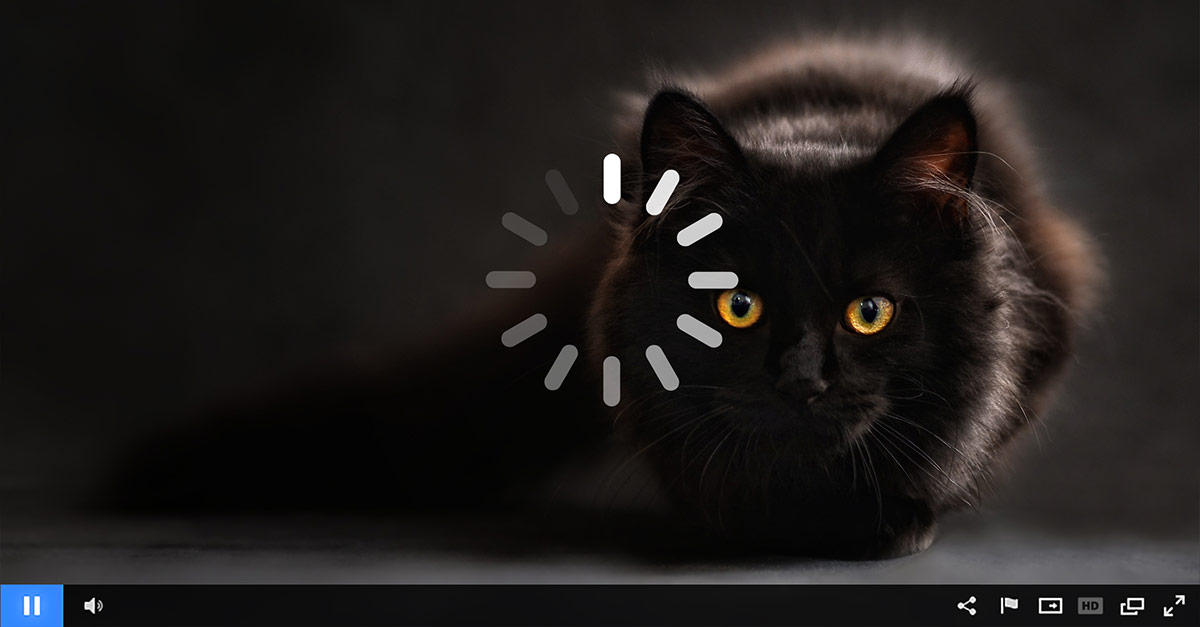
Looking for some tips to perfect your video content? How about 15 streaming tips for live and on-demand content?
This article covers 15 different pieces of advice to improve your live broadcast or on-demand content. There is a larger emphasis for live streaming on this list, as more preparation is involved, although some advice covers aspects after the stream is done that fall into on-demand territory.
If you are a bit more interested in the live studio side of things, it’s recommended to also check out our Video Studio Recommendations white paper. This guide lists not just techniques to use in your studio, but also gives specific gear recommendations from microphones to lighting systems.
- Familiarize yourself with your equipment
- Test early
- Plan around lighting
- Don’t downplay your audio
- Know your upload speed
- Secure a stable connection
- Backup Internet source
- Stay organized
- Promote your live event
- Start your stream early
- Make the live stream interactive
- Utilize a CDN or CDNs to deliver your video
- Prepare for an on-demand version
- Record a local copy
- Create post event highlight clips








